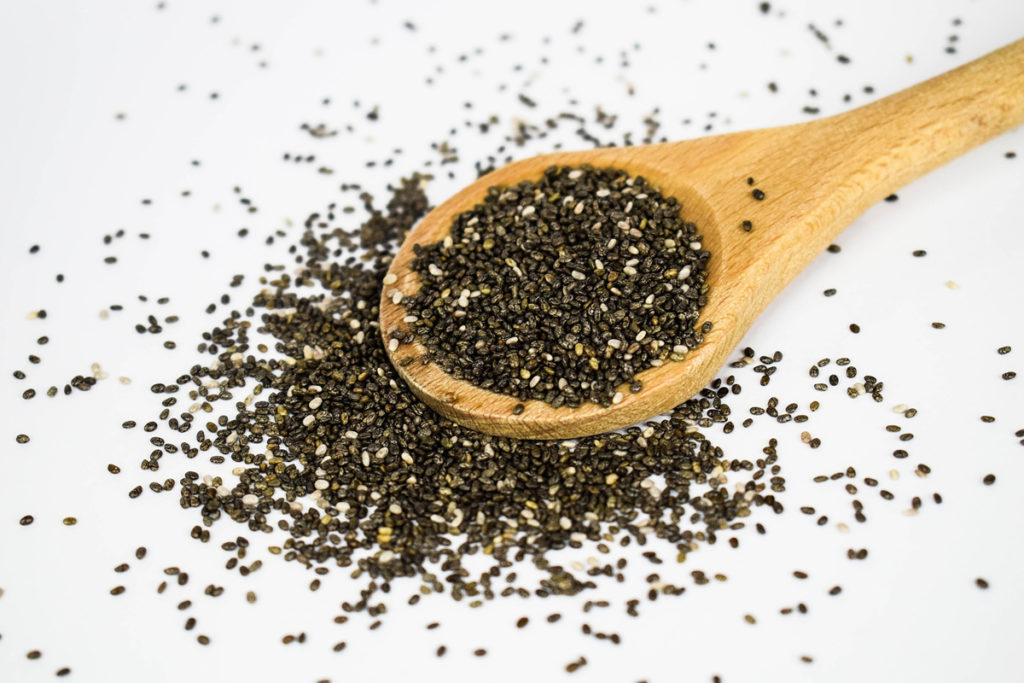Celiac Disease and Chemicals
Celiac disease linked to common chemical pollutants.

Higher blood levels of chemicals found in pesticides, nonstick cookware and flame retardants may increase the risk of celiac disease in children and young adults up to age 21, according to a study published in Environmental Research.
According to the NYU Grossman School of Medicine researchers who led the study, the risk factors varied by gender: Newly diagnosed females were more likely to show higher-than-normal blood levels of dichlorodiphenyldichloroethylene (DDE) from insecticides and nonstick chemicals known as perfluoroalkyls. Males who developed celiac disease were more likely to have elevated blood levels of the flame-retardant chemicals known as polybrominated diphenyl ethers. Across the board, having high blood levels of DDE was related to a twofold risk of celiac disease.
While this study is not able to prove that these chemicals are a direct cause of the disease, it does open the door to determining that this—and potentially other autoimmune disorders—may not just be genetic but also attributable to environmental factors.
See also: Chemicals in Fast Food
Matthew Kadey, MS, RD
Matthew Kadey, MS, RD, is a James Beard Award–winning food journalist, dietitian and author of the cookbook Rocket Fuel: Power-Packed Food for Sport + Adventure (VeloPress 2016). He has written for dozens of magazines, including Runner’s World, Men’s Health, Shape, Men’s Fitness and Muscle and Fitness.





